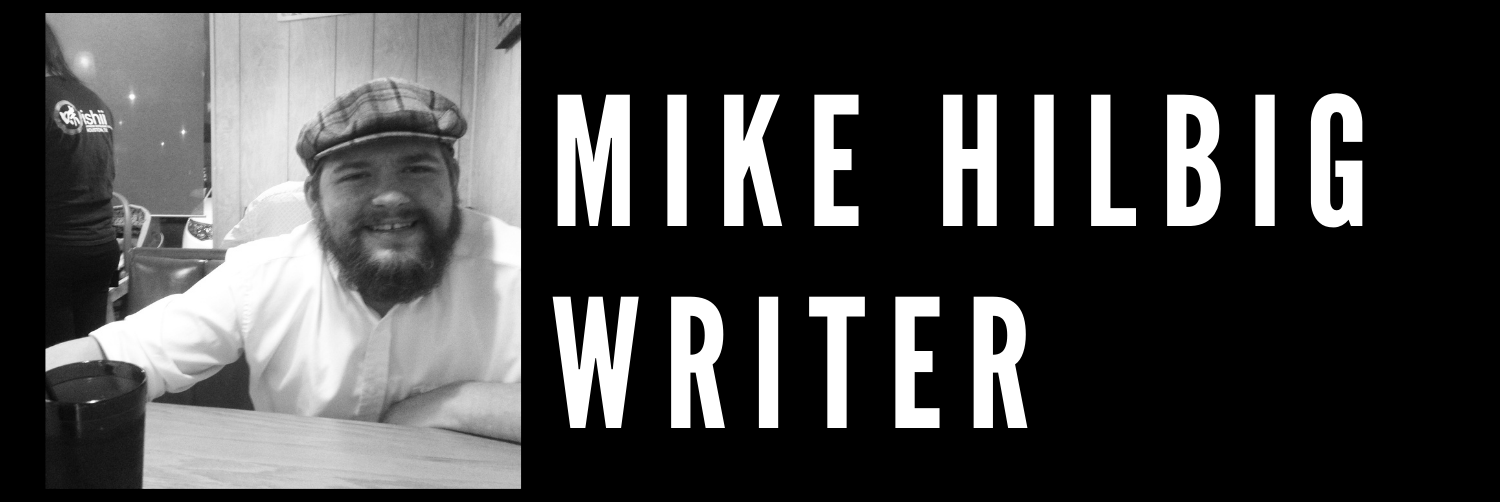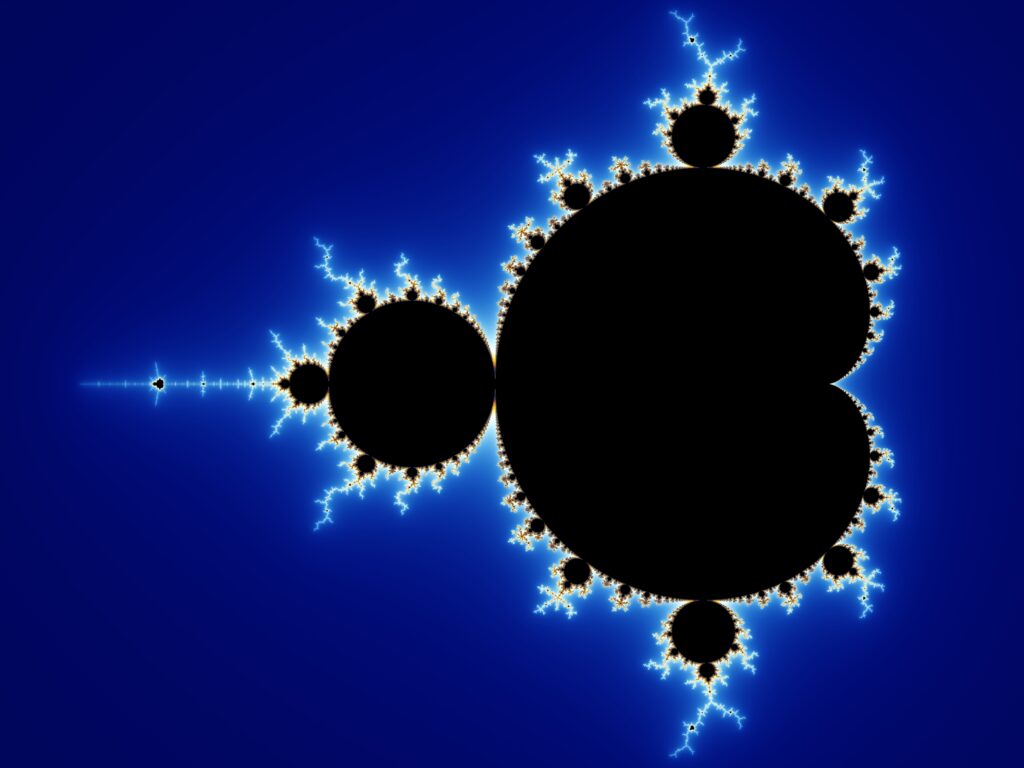Imagine for a moment that the each of the smallest subsections of the above fractally constructed green succulent plant is a story. Then, imagine that each next smallest subsection you can find is a genre. Now, imagine that each slightly larger subsection is a tradition. Imagine the whole picture is the process of storytelling in general. Notice that while each subsection is slightly different, they also share some broad areas of symmetrical overlap across scales. For instance, a detective story will have certain features, including a detective, clues, red herrings, often a damsel in distress, and so on and so forth. Also, depending on whether it is a noir or a more classical detective story like Sherlock Holmes, different features will be overemphasized even as others are shared. However, a detective fiction will also find symmetry with the tradition of Western Literature from which it comes, with stories that have no resemblance at all to police work or mysteries, as the detective is often framed as a hero (or perhaps an anti-hero, which is symmetrical to the hero) and he has a quest to find out who the killer is and restore justice. Now, imagine that the reason for this self-similar (or symmetrical construction across magnitudes) exists for the purposes of human perception, that we find meaning by searching out similarities and differences between how characters move from beginning to middle to end to how we must move through space and time on our own journeys through life. Essentially, we find meaning by noticing the similarities and differences between our stories and each other’s stories and all the other stories in between that we are all reliant on to give shape to our lives, to see what is unchanging and what is dynamic.
Of course, the fractal was first discovered by Benoît Mandelbrot, who proposed the idea of the Mandelbrot set, a simple iterative function that revealed an infinitely complex set of shapes mirorring each other across scales. Mandelbrot also began to notice fractals recurring everywhere in nature: how the cappilaries of our lungs resemble tree branches and lightning storms, how a head of brocolli when divided maintains the same shape as the head it was divided from, or even how the scales of music can produce an infinity of tonal harmonies across octaves.
While this geometric construction initially seemed to hold no real practical value, increasingly theorists are using fractal analysis to analyze stock market rises and falls, to measure coastlines and sea level rise more accurately, and even to evaluate narratives. For, we must perceive the world, and the existence of fractals in nature points to the existence of fractal shapes created by our perception. So, it is not surprising that our imagined space is shaped similarly to our exterior space. Not to mention that fractal logic shows how when binaries are entered into a feedback loop with each other, they create an infinitely complex series of interconnected patterns, and historically, language has been evaluated according to its binary nature between what a word means and what its opposite means, which could point to a fractal loop in how we imbue language with meaning.
This brings me to the point at which I first began to study fractals. In graduate school while getting my MFA in Creative Writing, Editing, and Publishing, I began to analyze narrative theory in the context of linguistic theory and noticed a major rift in the field. Postmodern linguists (and those influenced by them) have tended to point out that the binary construction of language always becomes fragmented and causes meaning to break down, whereas deep grammarian linguists have proposed that humans are embedded with brain function for linguistic thought and certain patterns of meaning remain universal across languages. Both theories had major points in their favor. Afterall, like the postmodernists show, hardly any two people imbue the exact same word with the exact same meaning while deep grammarians point out that if every word were learned as a binary, children would take much longer to begin developing linguistic skills. Also, they show that language does in the end do incredible things and works as often as it breaks down.
I began to wonder if these two theories of linguistics and literary critique could be synthesized to show that meaning is always both universal and fragmentary, like a fractal, showing instances of similarity and instances of difference, and it is in how we move across scales that we find how complex meaning really is in the stories we tell about our lives. I also began to notice that while fractal logic is not as often applied to interior space, I was certainly not the first fiction writer to notice these shapes in our stories and histories. Tom Stoppard’s Arcadia is a wonderful play constructed like a fractal, and Jorge Luis Borges’ “The Garden of the Forking Paths” also uses a fractal construction.
So, following the path of some literary giants, I used fractals as an important recurring theme in my new book Judgment Day & Other White Lies, forthcoming from Madville Publishing in Feb. of 2022. From Orestes’s and his mother’s shared image of the fractal conversation between themselves and all mothers and sons (both real and fictional) to the chaotic mirror image of a thousand faces in the broken window of a seedy hotel that produces a fractal Lacanian stare of Robert suffering an ongoing improper symmetrical relationship between infancy and middle age to the literal fractal construction of “Per-C and ‘Dusa: A Narrative Representation of a Graphic Epic,” which produces a world within a world, this collection wonders about how interior space is constructed like exterior space through the perceptions of both reader and writer and the binaries they construct in the language on the page. This process is even further complicated by the idea of identity, which is formed by both an identification with a subculture, ethnic group, or religious affiliation and with a rejection of some aspect of a larger culture’s values, or in other words, through noticing symmetries of similarity and difference.
This type of investigation is not just metaphysical in nature. If stories are perceptions of meaning that produce reality fractally, then what happens when the constructed patterns (or fictional patterns) that produce “western civilization” like patriarchy, white supremacy, Christian morality, and so on begin to manifest from the level of ideology down to our personal identities and into reproductions of those patterns in other stories and cultural signifiers? And how might we think about these constructions politically as we try to build a more fair and free society for all?
Therefore, what I am trying to do is break down and deconstruct how those ideologies have manifested in my appropriations as a cis hetero white writer by using fractals as a metacritique between character, reader, and writer, showing how characters might feel about living as constructs and how readers and writers might interpret those conflicts, as they are reflected in the fictions all people of privilege must maintain and all oppressed people must endure. What are the psychological consequences of such a condition? Also, how might fractals more accurately show that process as equally disadvantageous to power compared to whatever social advantages it provides to only a few?
To me, the fractal as social critique, especially of power, provides an opportunity not just to synthesize theories about the ways in which we determine meaning in a culture but also to synthesize political actions between leftists who take a more universalist class approach to ending oppression versus those who take a more identitarian intersectional approach. To me, the fractal provides more areas of intersection while also simulating a universal structure to think about what advantages we all might share by writing different narratives about where we go as a culture and who we include as worthy of having their stories told. It is a model that values both our similarities and our differences and a model that shows our ideologies working at multiple levels from the macro to the micro. It also acounts for the messiness and complexity of human beings having various points of view intersecting, billions of unique perceptions in a world that is organizing and perceiving those perceptions collectively at the same time.
Of course, if this sounds like super complicated and overly idealistic academic mumbo jumbo, I also want to reassure you that in the stories, these theories simply serve as architechtures. I think it will be just as easy for a reader not familiar with this context to feel what I am getting at without needing to understand every nuanced detail. At the end of the day, these are just fun stories, deconstructive contemporary retellings of Greek and Christian myths that work on the levels that all stories do, plots that engage suspense, humor that cuts through tragedy, tragedy that makes us deal with negative emotions that are harder to deal with in our own lives, and a hope that we might one day find freedom from traditions that no longer serve us. So whether or not you are as into waxing philosophically about fractals as I am, I hope you will enjoy reading characters struggling through life and learning about who they are and what they would like to change and both failing and succeeding to make those changes. Because this is what reading is really all about, building the muscle of empathy and processing what it means to be a person aging in a world that is changing.


